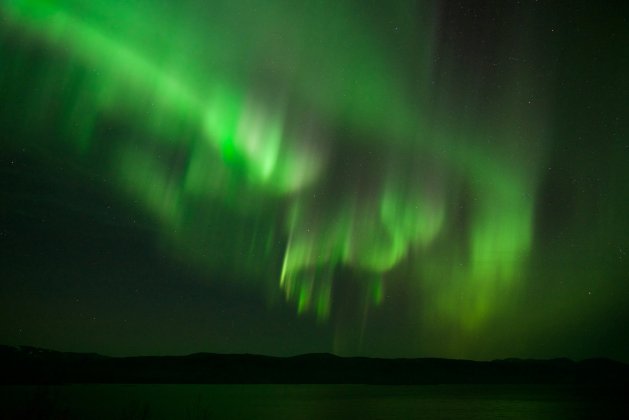Data
Data available from IRF Observatory IRF Observatory page Data license Magnetometers Riometers Ionosondes All-Sky Camera in Kiruna Infrasound measurements Mm-wave radiometer Weather station Kiruna Kiruna Geophysical Data ALIS (1993-2019) (Auroral Large Imaging System) ALIS_4D (2019–) Satellite Mars Express Aspera-3 data Astrid-2 Data Plots and Analysis Cluster EFW electric field data Freja F3H Data Archive For access…

